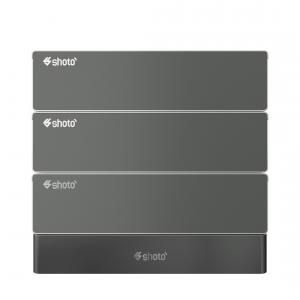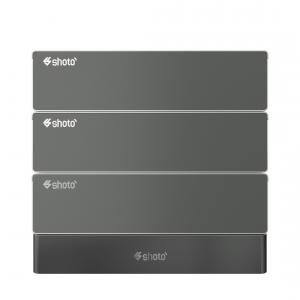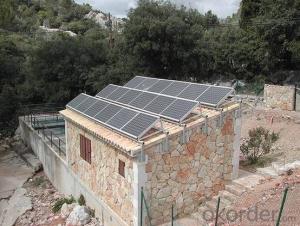Shoto Lifepo4 Battery Cells Wall Mount Power Rack 48V 200Ah 10..2Kwh 6000Cycles Li Ion Battery
- Loading Port:
- SHANGHAI
- Payment Terms:
- TT OR LC
- Min Order Qty:
- 50 set
- Supply Capability:
- 5000 set/month
OKorder Service Pledge
Quality Product, Order Online Tracking, Timely Delivery
OKorder Financial Service
Credit Rating, Credit Services, Credit Purchasing
You Might Also Like
Item specifice
Application:
Home
Output Voltage (V):
51.2v
Work Time (h):
8 hours
Introduction:
Solar energy preferably used by domestic appliances, and additional Energy is stored in battery.
During the day, when battery is fully charged, the additional energy produced by solar can be sold and fed into the public .
At evening, the energy stored in the battery supplies electriciity to the domestic appliances.
At night, when the energy stored in the battery is depleted, the public grid supplies energy to the domestic appliances.
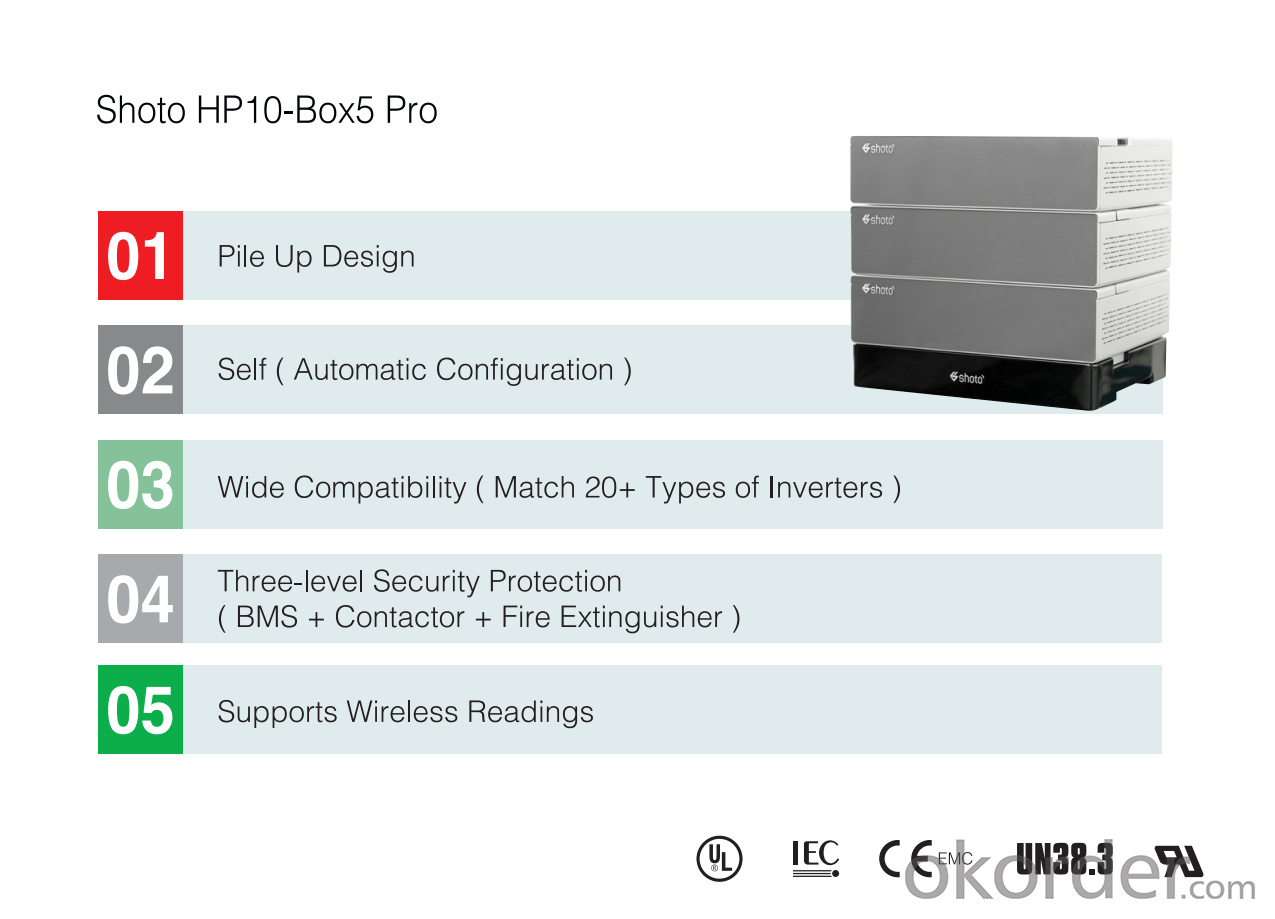
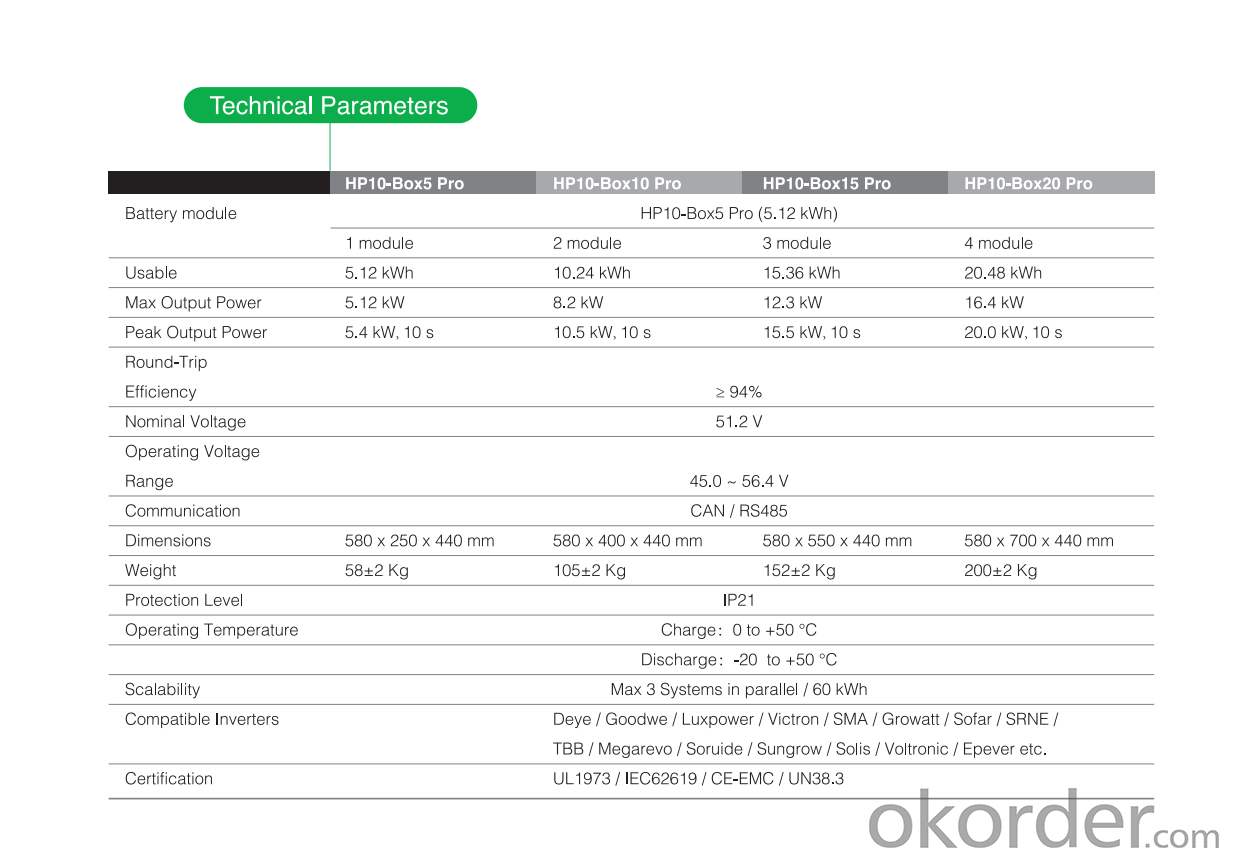


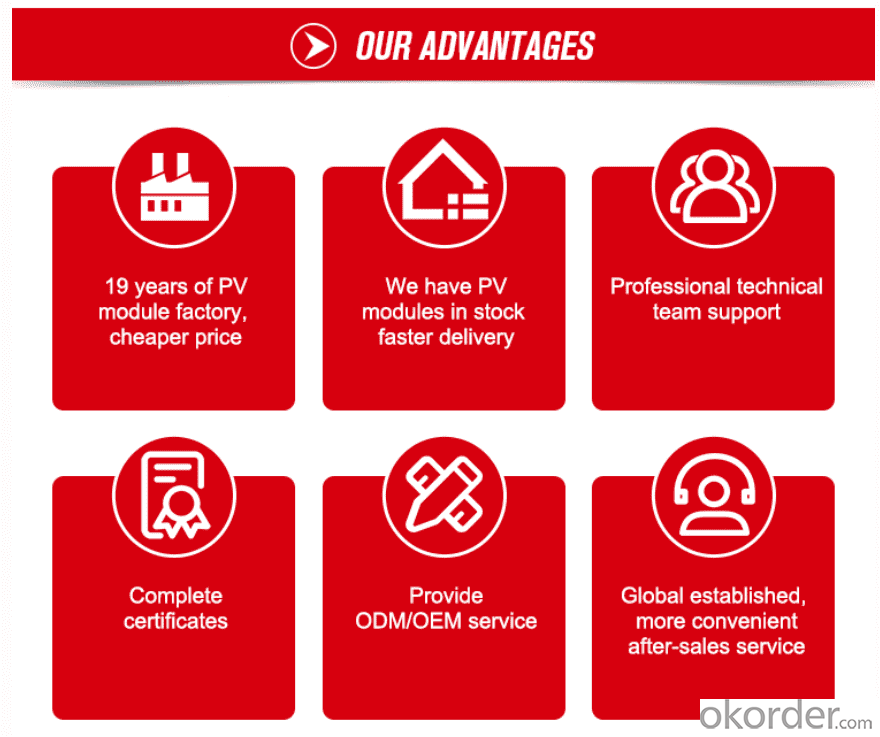
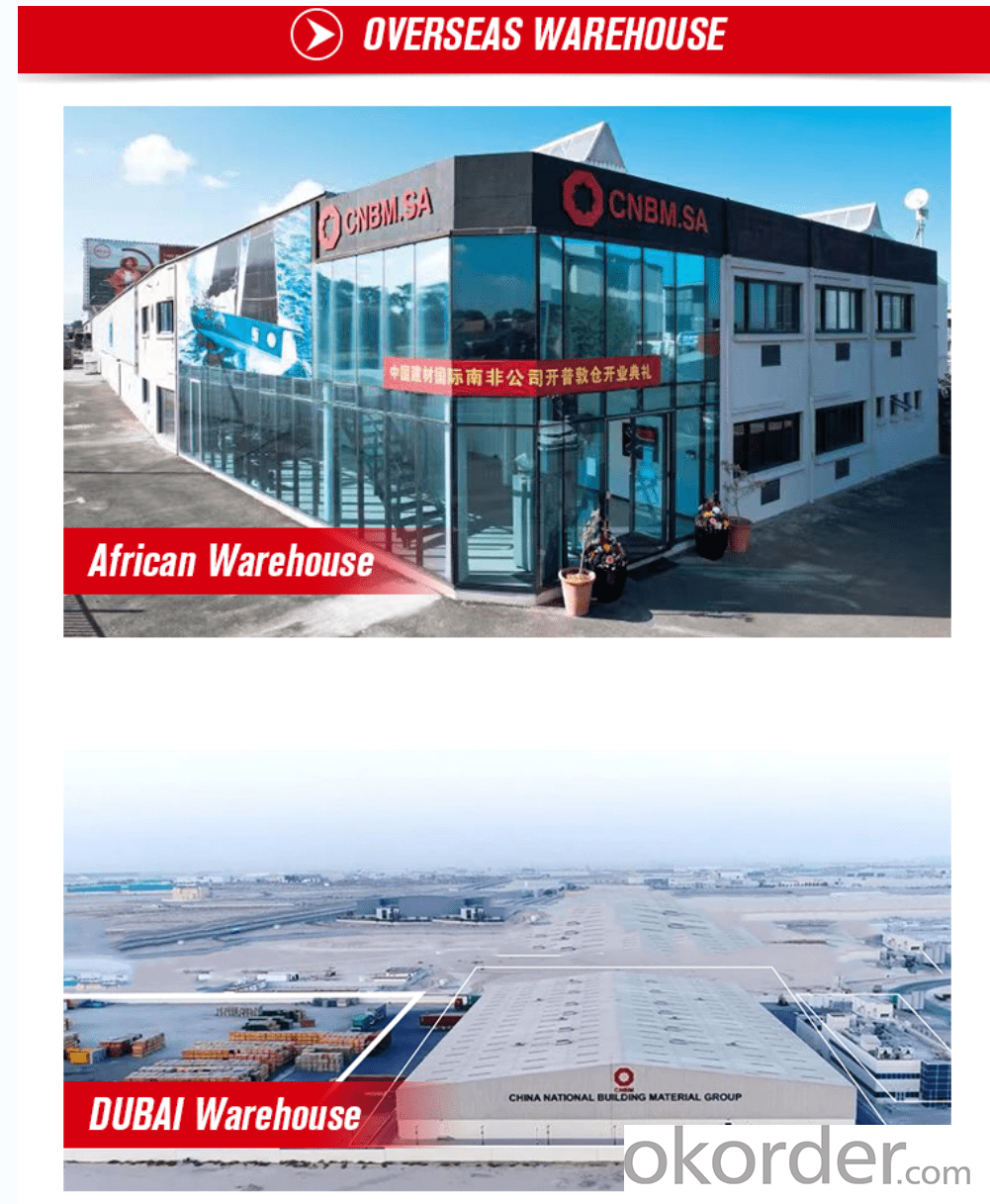
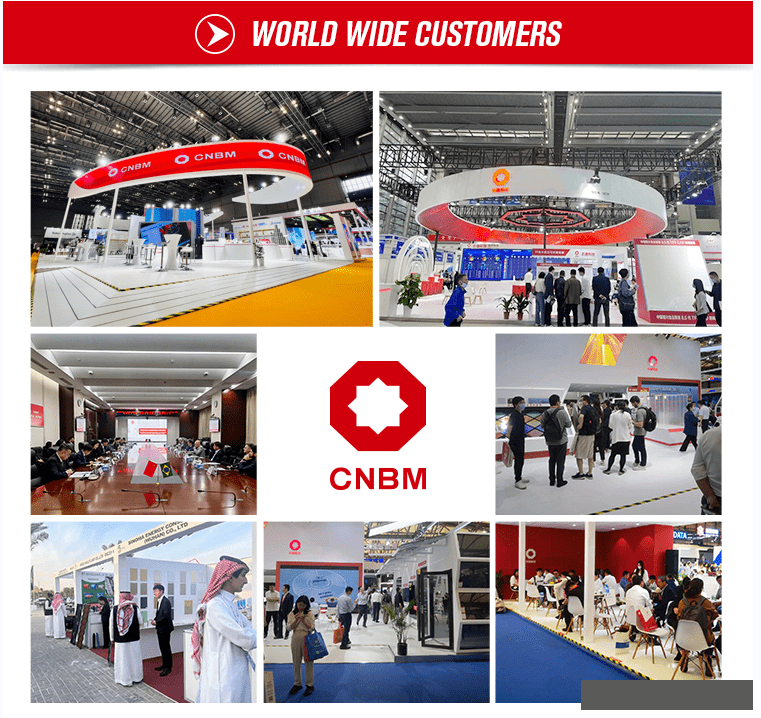
- Q:Can solar energy systems be used in powering restaurants or food chains?
- Solar energy systems are a viable option for providing power to restaurants and food chains. They are an eco-friendly and sustainable source of energy that can effectively reduce operational expenses and minimize the environmental impact of these establishments. Solar panels can be installed on rooftops or in open areas to capture sunlight and convert it into electricity, which can then be utilized for various functions within restaurants, including lighting, refrigeration, cooking equipment, and air conditioning. By adopting solar power, restaurants and food chains not only save on their energy bills but also showcase their dedication to sustainability and environmentally-conscious practices. Moreover, certain governments offer incentives and tax advantages to businesses that opt for solar energy systems, making it an even more appealing choice. All in all, solar energy systems are a practical and eco-friendly solution for powering restaurants and food chains.
- Q:Do solar energy systems require a lot of wiring?
- Solar energy systems necessitate a specific amount of wiring, which is contingent on the size and intricacy of the system. Generally, wiring is indeed necessary in solar energy systems to link the solar panels to the inverter and subsequently to the building's electrical panel. This wiring is crucial in transmitting the electricity generated by the solar panels to the appliances and electrical loads in the building. The quantity of wiring required is also influenced by the placement of the solar panels and the distance between the panels and the building's electrical panel. If the panels are installed on the roof, additional wiring might be essential to connect the panels to the inverter, typically positioned inside the building. Conversely, if the solar panels are ground-mounted near the building, the wiring distance may be shorter, resulting in a reduced amount of wiring needed. Furthermore, the complexity of the system can also impact the wiring requirements. For instance, if the system incorporates battery storage or if it is a grid-tied system with net metering, extra wiring might be necessary to connect the batteries or the utility meter. In summary, although some wiring is necessary in solar energy systems, the quantity can fluctuate based on factors such as system size, location, and complexity. It is always advisable to consult with a professional solar installer to evaluate your specific requirements and ascertain the appropriate amount of wiring needed for your solar energy system.
- Q:Can solar energy systems be used in powering amusement arcades or gaming centers?
- Yes, solar energy systems can definitely be used to power amusement arcades or gaming centers. Solar energy systems convert sunlight into electricity, providing a clean and renewable source of power. By installing solar panels on the roofs of these facilities or in nearby areas with sufficient sunlight exposure, the generated electricity can be used to run the arcade machines, gaming consoles, lighting, air conditioning, and other electrical equipment within the establishment. In addition to reducing electricity bills, solar energy systems also have long-term cost savings and offer a sustainable solution that aligns with the growing demand for environmentally friendly operations.
- Q:Can solar energy systems be used for powering water pumps in rural areas?
- Yes, solar energy systems can definitely be used for powering water pumps in rural areas. Solar-powered water pumping systems are increasingly being used in remote areas where access to electricity is limited or expensive. These systems use solar panels to capture sunlight and convert it into electricity, which is then used to power the water pumps. This sustainable and renewable energy solution is cost-effective, environmentally friendly, and can provide a reliable source of water for agricultural, domestic, and irrigation purposes in rural communities.
- Q:Can solar energy systems be used in areas with high pollution?
- Yes, solar energy systems can still be used in areas with high pollution. While pollution may reduce the efficiency of solar panels to some extent, they can still generate electricity even in polluted environments. Furthermore, using solar energy can help reduce the dependency on fossil fuels and contribute to reducing pollution over time.
- Q:How does the angle of the sun affect the performance of a solar energy system?
- The angle of the sun plays a crucial role in determining the performance of a solar energy system. Solar panels work by converting sunlight into electricity through the photovoltaic effect. The angle at which the sun's rays hit the solar panels directly impacts the amount of energy they can generate. When the sun is directly overhead, its rays are perpendicular to the surface of the solar panels, maximizing the energy output. This is known as the solar noon or the peak sun hours. As the sun's angle decreases, such as during morning or evening hours, the sunlight has to travel through a larger portion of the Earth's atmosphere, which reduces its intensity. This results in a decrease in energy production. Moreover, the angle of the sun also changes with the seasons. During the summer months, the sun is higher in the sky, allowing for more direct sunlight and increased energy production. In contrast, during winter, the sun is lower, leading to reduced solar energy output. To optimize the performance of a solar energy system, it is crucial to consider the angle at which the solar panels are installed. The tilt angle of the panels can be adjusted based on the latitude of the location to maximize the exposure to sunlight throughout the year. Additionally, tracking systems can be employed to follow the movement of the sun and adjust the angle accordingly, further enhancing energy production. In conclusion, the angle of the sun directly affects the performance of a solar energy system as it determines the intensity of sunlight reaching the solar panels. By ensuring the optimal angle and orientation of the panels, solar energy systems can generate maximum energy output and improve overall efficiency.
- Q:Can solar energy systems be installed on flat surfaces?
- Yes, solar energy systems can be installed on flat surfaces. While it is more common to install solar panels on angled rooftops or mounted on poles, solar systems can also be installed on flat surfaces such as rooftops or open fields. In such cases, mounting structures are used to tilt the panels at an optimal angle to maximize sunlight exposure and energy generation.
- Q:How do solar energy systems contribute to reducing greenhouse gas emissions?
- Solar energy systems contribute to reducing greenhouse gas emissions in several ways. Firstly, solar power is a renewable energy source that does not release any harmful greenhouse gases during its operation. By replacing fossil fuel-based electricity generation, solar energy systems significantly decrease the amount of carbon dioxide and other greenhouse gases emitted into the atmosphere. Secondly, solar energy can be used for heating and cooling purposes, reducing the reliance on fossil fuel-powered systems that contribute to greenhouse gas emissions. Lastly, the widespread adoption of solar energy systems encourages a shift towards a more sustainable and environmentally friendly energy mix, leading to long-term reductions in greenhouse gas emissions.
- Q:Can solar energy systems generate power at night?
- No, solar energy systems cannot generate power at night because they rely on sunlight to produce electricity.
- Q:Can solar energy systems be used for agricultural purposes?
- Yes, solar energy systems can be used for agricultural purposes. Solar panels can power various agricultural applications such as irrigation systems, livestock watering, crop drying, and greenhouse heating. By harnessing the sun's energy, farmers can reduce their reliance on traditional energy sources and lower operational costs while promoting sustainability in agriculture.
1. Manufacturer Overview |
|
|---|---|
| Location | |
| Year Established | |
| Annual Output Value | |
| Main Markets | |
| Company Certifications | |
2. Manufacturer Certificates |
|
|---|---|
| a) Certification Name | |
| Range | |
| Reference | |
| Validity Period | |
3. Manufacturer Capability |
|
|---|---|
| a)Trade Capacity | |
| Nearest Port | |
| Export Percentage | |
| No.of Employees in Trade Department | |
| Language Spoken: | |
| b)Factory Information | |
| Factory Size: | |
| No. of Production Lines | |
| Contract Manufacturing | |
| Product Price Range | |
Send your message to us
Shoto Lifepo4 Battery Cells Wall Mount Power Rack 48V 200Ah 10..2Kwh 6000Cycles Li Ion Battery
- Loading Port:
- SHANGHAI
- Payment Terms:
- TT OR LC
- Min Order Qty:
- 50 set
- Supply Capability:
- 5000 set/month
OKorder Service Pledge
Quality Product, Order Online Tracking, Timely Delivery
OKorder Financial Service
Credit Rating, Credit Services, Credit Purchasing
Similar products
New products
Hot products
Hot Searches
Related keywords
